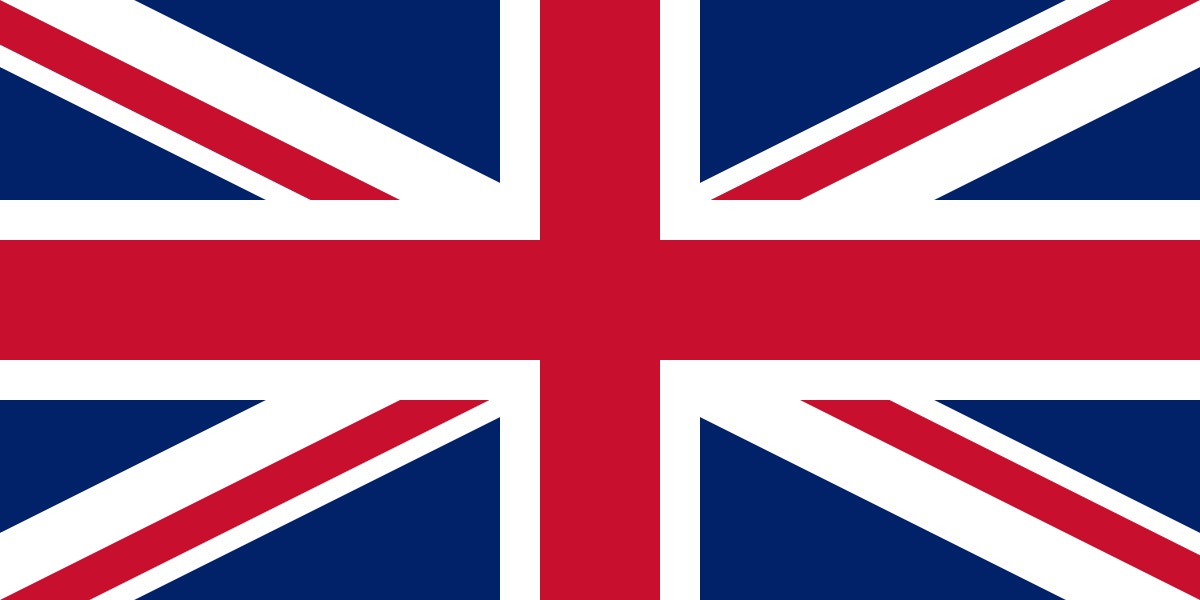Please choose a market from our global website network for local availability and information.
Choose country

Smartrike UK (EN)
Free NEXT DAY delivery on orders over £50 (before 1pm)
Join over 20M+ happy families